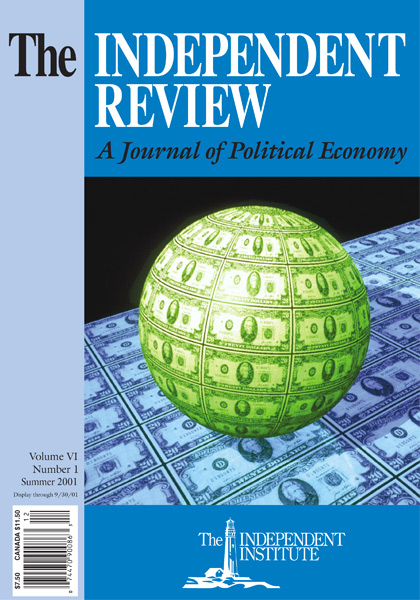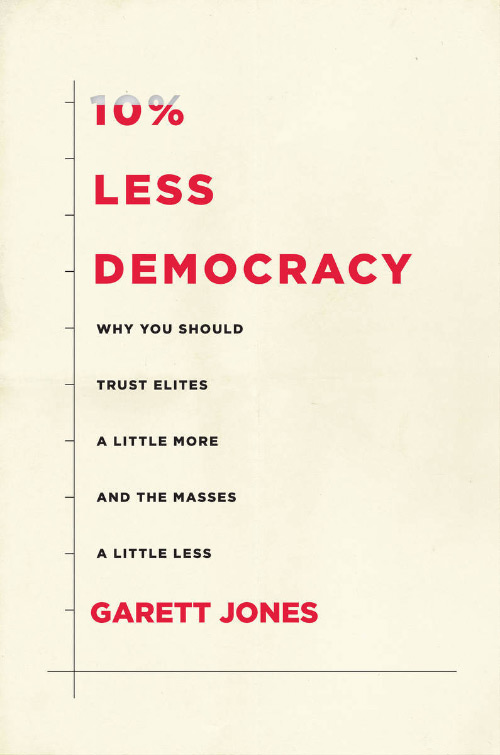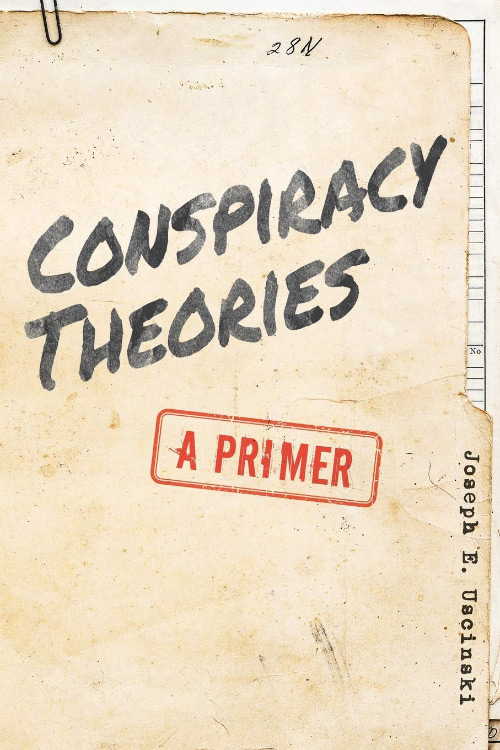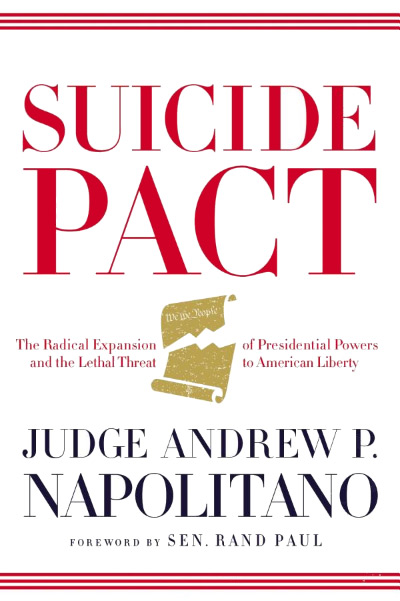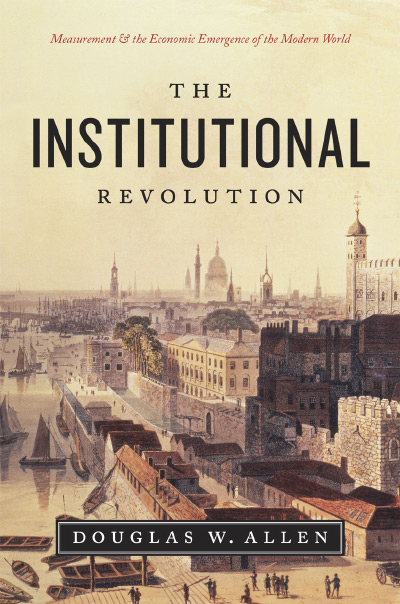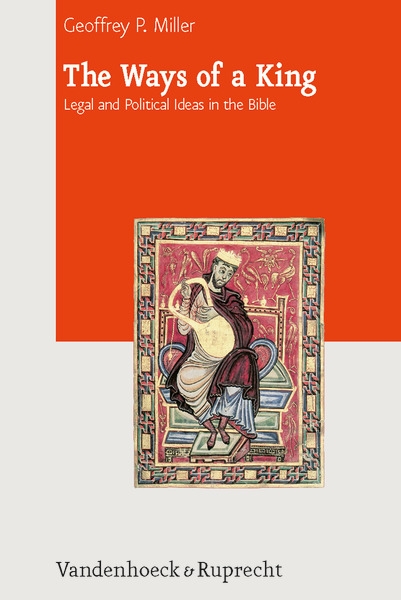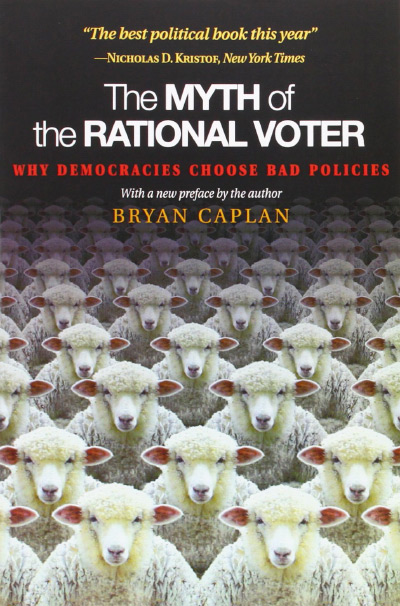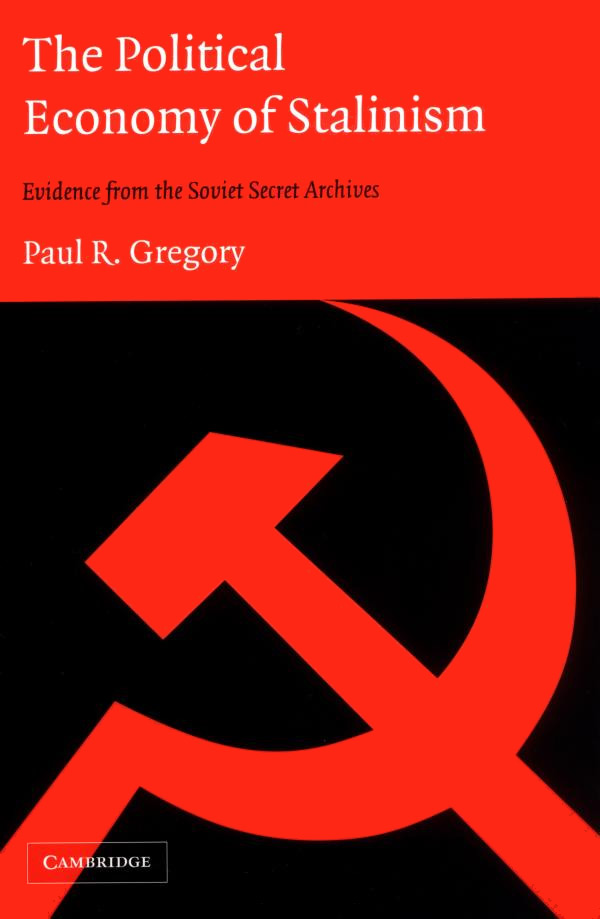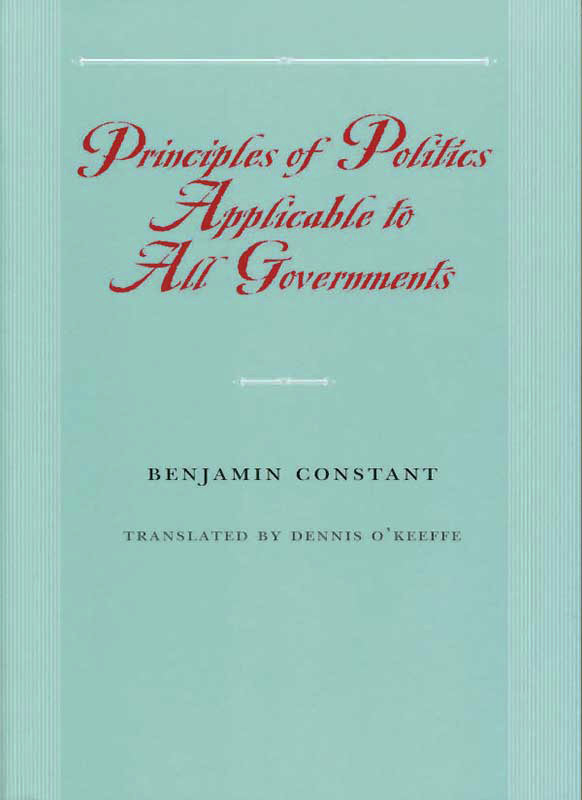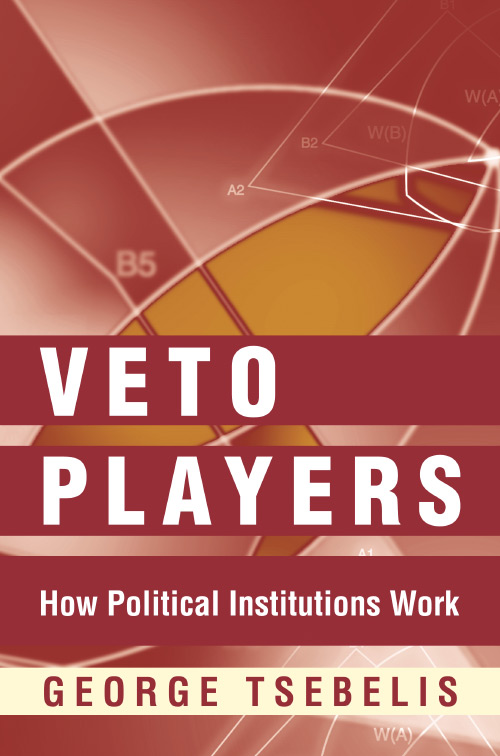My main complaint about Geoffrey Brennan and Alan Hamlin’s new book is its title, which supplies a nice alliteration but seems a bit misleading. The title might lead the reader to expect a book about democratic intrigue at the turn of the twentieth century, when the high tide of democratic ideology gave rise to widespread suffrage movements and electoral reforms. Instead, what the reader finds is a very interesting rational-choice analysis of how constitutions should be designed if individuals can and do choose to follow normative rules—none of which seem, strictly speaking, to be intrinsically democratic. A helpful subtitle might have been “Implications of Norm-Following Behavior for Constitutional Design,” which would indicate an issue on which the book does make a good deal of progress. Let me sketch the main line of argument and then discuss its merits.
In part 1 of their book, the authors analyze why individuals might choose to follow norms, and they build a case for the greater relevance of such norms for understanding political behavior than for understanding economic behavior. Essentially, they argue that norm-following behavior can make a person better off for two reasons. First, norm-following behavior—for example, promise keeping—can make a person better off insofar as it leads other persons to interact with him in a more favorable way. Competition to have such norm-following persons as trading partners, managers, and political representatives makes the economic returns to norm-driven behavior higher than the returns to simple-minded pragmatism (which is generally assumed in public-choice models). Second, human beings may have evolved tastes that value moral behavior for its own sake. Adherence to norms may make a person feel better off even when it does not contribute directly to his own material well-being. In either case, there may be a trade-off between that person’s immediate self-interest and adherence to norms. Moreover, individuals will differ with respect to that trade-off, and therefore they will exhibit different degrees of norm-following behavior in a variety of contexts. Norm-following behavior may be especially prevalent in political settings, where agents often have fairly broad discretion.
In part 2 of their book, the authors explore how the existence of such agents affects the problem of constitutional design. Here, the authors break new and important ground for public choice and constitutional political economy. Although some recent writers analyze how differences in the competence of political candidates may affect voting decisions, none has linked competence with virtue. Nor have modern analysts explored how norm-driven behavior and variation in that behavior might affect institutional design. Brennan and Hamlin undertake both these tasks.
Extending an argument previously developed by Brennan and Loren Lomaski, the authors argue that voters will be inclined to use normative theories more often when assessing the relative merits of candidates than those of ordinary products. A person might reject a particular running shoe out of concern that it was made in a South Asian sweatshop, but that choice would clearly limit the “moral” shopper’s range of choice. A voter, on the other hand, can satisfy his desire to engage in moralistic behavior at relatively small personal cost because of the relatively small effect (essentially zero) that a single voter’s choice has on an electoral outcome. Consequently, elections may be decided not only on the basis of normative theories but also by the ethical appeals and virtue of candidates—one reason candidates often use normative arguments and do so better than the average person can. The argument also implies that successful candidates will be, on average, more virtuous than the average voter. In short, Brennan and Hamlin argue, elections select for virtuous policies and candidates rather than for effective policies or competent administrators.
This characterization of personal behavior and electoral results has many implications that Brennan and Hamlin argue should be taken into account in constitutional analysis. For example, elected representatives might safely be granted more discretion and perhaps be paid less than their better-monitored market peers as a means of eliciting the right sort of persons. A constitution might specify an unelected supreme court, whose members would be selected on the basis of what might be called constitutional virtue, to police the legislature’s adherence to constitutional procedures and rights.
On the other hand, Brennan and Hamlin’s analysis of norm-following behavior in the first part of the book implies that constitutional designers should not take such virtuous dispositions to be permanent features of a person’s personality. Moral habits may change when the returns to reputation and approbation change. Persons who follow norms in one instance may change their behavior when the return to virtuous behavior diminishes. Thus, one cannot simply delegate all decision-making power to the virtuous elite. Such an erosion of virtue might well happen in government offices where office holders are accorded substantial and unrestrained freedom of action. Consequently, constitutional designers should still attempt to economize on the use of virtue, even in a setting where virtuous persons can be found. Brennan and Hamlin recommend the use of such familiar constitutional devices as division of powers, bicameralism, federalism, and periodic competitive elections.
I have only very minor quarrels with the authors’ basic argument, which on the whole seems to be very reasonable—and indeed many of their points have been mentioned, as they point out, in classic works on constitutional design.
The main problem seems to be an empirical one. Do we generally find that the most moral or virtuous agents rise to the top of the political ladder? Although it is certainly true that democracies reward politicians who are able to use moral and ideological arguments effectively, it is by no means clear that virtue rather than policy position plays a predominant role in voter decision making. Here, we may reflect on the presidencies of Lyndon B. Johnson, Richard Nixon, and Bill Clinton, and on the many policy and personal scandals of other recent presidents. No one thinks of Johnson, Nixon, or Clinton as candidates for sainthood. Nor were these very successful politicians abandoned by their supporters, whose policy positions closely aligned with these men’s policy platforms, when their ambitious and devious (and often immoral?) strategies became well publicized. Survey evidence often places politicians at the bottom of the ethical totem pole rather than at the top. It is by no means clear that voters prefer virtuous candidates to effective pragmatists who adopt the“right” policy platforms.
Consider the 1980 U.S. election for president. It fits Brennan and Hamlin’s model fairly well insofar as both candidates seemed to be persons of high moral character. However, Jimmy Carter, the person generally regarded as being more narrowly driven by moral rules, lost the election. Ronald Reagan won by very effectively espousing policies that seemed likely to improve the economic situation at that time. Would Carter have won if he had adopted Reagan’s platform? Possibly, but not obviously.
A second area of concern is the implication in the Brennan-Hamlin model that moral behavior is relatively more important in political environments than in markets. Survey evidence and analysis suggest, though, that moral behavior is more likely to flourish in marketlike settings in which persons are free to choose their affiliations (churches, clubs, trading partners, employees, partners, neighbors) than in settings such as national politics, where such choices tend to be very limited. One can easily change butchers when sold spoiled meat as fresh or charged more than seems fair at holiday times because each service in a market is provided by many sellers. When one chooses between a handful of candidates who vary in both virtue and policy position, such choices are problematic because representative services are provided as a package, and consequently the range of choice is very restricted. It is clearly possible that, as Adam Smith and others emphasized, markets rather than politics are the institutional setting in which habitual moral behavior is most supported and taken for granted.
Overall, the evidence suggests that ethical behavior in politics occurs, but it may be of more limited significance to voters than the Brennan-Hamlin analysis seems to imply. However, to their credit, Brennan and Hamlin expressly claim only that norm-following behavior does occur and may be relied on in some circumstances. This much all but the most diehard skeptics would surely acknowledge. And, in this light, it seems clear that at least some observed constitutional features, such as the U.S. Supreme Court, can be most easily understood as intended to make effective use of virtuous behavior, in this case behavior associated with a judicial temperament. To say that a glass is only partly full is not to say that it is empty.
Even those who doubt this more modest but still significant claim, however, will benefit from considering the path-breaking analysis Brennan and Hamlin develop in this book.
| Other Independent Review articles by Roger D. Congleton | |
| Summer 2020 | Why the Conventional Wisdom about the 2008 Financial Crisis Is Still Wrong: Ten Years Later |
| Summer 2015 | Economists and the State: What Went Wrong |
| Summer 2002 | Terrorism, Interest-Group Politics, and Public Policy: Curtailing Criminal Modes of Political Speech |

